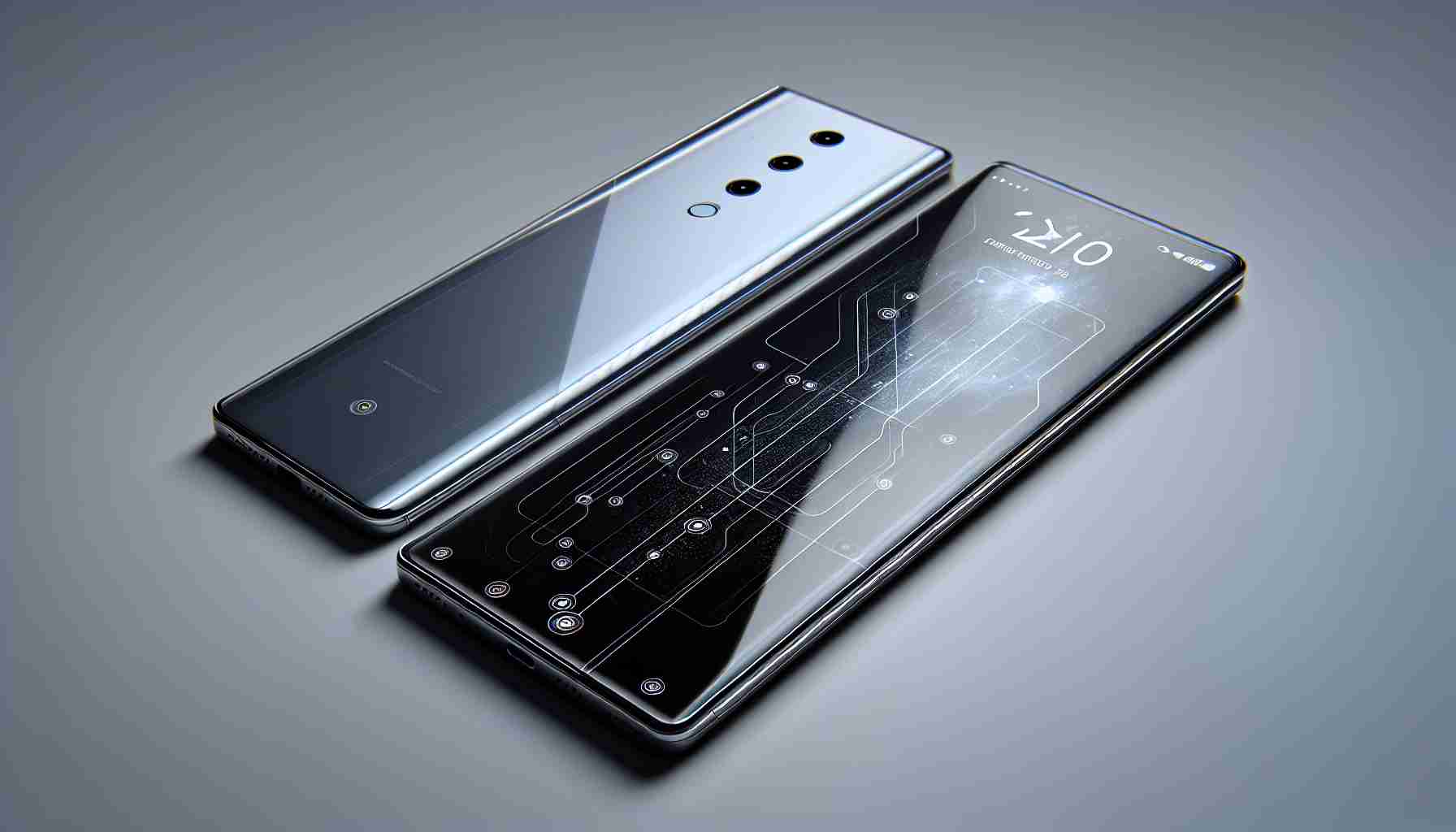In a move that could redefine smartphone design, Xiaomi is revisiting the concept of a buttonless device, originally teased with the Mi Mix Alpha in 2019. Reports from late August hinted at the company’s plans to release such a smartphone, codenamed “Zhuque,” by 2025. Following this report, new images have surfaced showcasing what is purported to be an early prototype called “Wangshu.” This prototype was explored by Xiaomi approximately a year and a half ago but was subsequently shelved.
The images depict a radical design approach, where physical buttons are replaced by advanced technology that mimics button functionality through haptic feedback. Unlike the extreme design of the Mi Mix Alpha, this new prototype features a more conventional look, with pronounced curved edges on the display but not completely enveloping the device’s body.
Technical specifications for the prototype suggest it would be powered by the Snapdragon 8 Gen 2 chipset. It features an LTPO display with a 2K resolution and a 120 Hz refresh rate. Additionally, the battery capacity is estimated at 4,500 mAh, supporting rapid wired charging at 200 W and 50 W for wireless charging.
As for the anticipated “Zhuque,” details remain scarce, but leaks indicate a late 2025 release with high-end specifications, including the Snapdragon 8 Gen 4. Xiaomi’s journey into buttonless smartphones illustrates its commitment to innovation in the mobile industry.
Xiaomi Explores Buttonless Smartphone Innovation: A Leap into the Future
As smartphone manufacturers continue to emphasize sleek designs and seamless user experiences, Xiaomi’s exploration of buttonless technology represents a significant leap into innovative mobile design. This ambition extends beyond merely removing buttons; it touches on redefining interactions between users and devices.
What prompted Xiaomi’s shift to a buttonless design?
The shift is largely driven by consumer demand for devices that are both aesthetically appealing and functionally efficient. By adopting a buttonless design, Xiaomi aims to offer enhanced durability and water resistance while giving users access to an uncompromised display experience. Haptic feedback technologies allow for an interactive experience that can match or even exceed the functionality provided by physical buttons.
What are the key technical challenges associated with buttonless smartphones?
One significant challenge is ensuring that haptic feedback feels natural and responsive. Users have become accustomed to tactile feedback from physical buttons, and the absence of this feedback could lead to a less satisfying user experience. Additionally, the integration of advanced sensors and haptic technologies must not only replicate the functionality of physical buttons but also withstand wear and tear over time.
What controversies could arise from moving to a buttonless design?
Critics may argue that a complete transition away from physical buttons compromises accessibility. Users who rely on tactile interfaces due to disabilities or other reasons may find buttonless smartphones difficult to use. Furthermore, there could be backlash regarding durability; while buttonless devices can eliminate specific weaknesses, concerns about the fragility of screens and the effectiveness of haptic technology remain.
Advantages of a Buttonless Smartphone
– Sleek Design: The absence of physical buttons allows for a more streamlined and modern aesthetic.
– Durability: A lack of buttons can lead to fewer mechanical failures and increased resistance to water and dust.
– Innovative Interaction: Haptic technology can enhance user interaction, creating new ways to engage with the device.
Disadvantages of a Buttonless Smartphone
– User Adaptation: Users accustomed to physical buttons may face a learning curve in adapting to haptic feedback.
– Accessibility Concerns: For some users, the absence of tactile feedback may impede ease of use, especially for those with specific disabilities.
– Potential Reliability Issues: The dependence on software and sensors for basic functions may introduce new vulnerabilities.
What does the future hold for buttonless smartphones?
As Xiaomi and other manufacturers explore this innovative territory, the success of buttonless devices will largely depend on user acceptance and the ability to overcome the technical challenges associated with haptic feedback and sensory accuracy. With projected advancements in technology, especially in the smartphone segment, buttonless devices may soon become a norm rather than an exception.
For further insights on Xiaomi and its innovations, visit mi.com.























